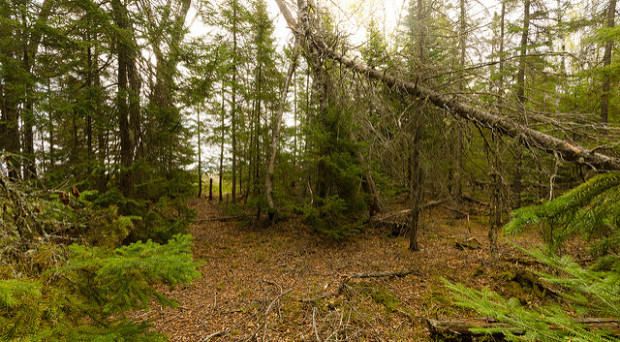
How does climate change affect our forests?
Forests worldwide have played crucial roles in human population developments, traditionally providing wood for construction, heating and natural habitats for fishing and hunting. Forests also have major impacts in economic development in some countries but are now also recognized for their crucial role in ecological services.
Human activities combined with climate change threaten the health of the world’s forests which could impair their associated ecological services. The loss of such services provided by forests has more economical impact than their traditional industrial roles. (Science special issue August 2015).
More than a decade ago the scientific community was asked to provide evidences to clarify two important issues about climate change and the role that forest plays.
How much CO2 could the world’s forests absorb, including anthropomorphic emission? And would this capacity hold in the future?
How much CO2 could the world’s forests absorb, including anthropomorphic emission? And would this capacity hold in the future?
Surprisingly these two questions are still difficult to answer today, despite major improvements in data collection for forest biomass assessment using planes or satellite-based Lidar observations or even CO2 concentration measurements through spectrometers using satellites.
The major challenge was to cope with uncertainties resulting from sparse and irregular data quality at the global scale. But in fact the questions are far more complex than monitoring forest biomass trajectory resulting from the trade off between forest harvesting or tree growth which could significantly influence carbon sequestration worldwide.
The boreal forest
Most general public attention about the impact of climate change on forest health has focused on tropical environments but the boreal forest is also vulnerable and plays key ecological roles. Its contribution to the benefits of our planet is substantial.
The boreal forest biome viewed from the northern hemisphere is a nearly continuous circle across North America and Eurasia. The forest industries in Canada, Sweden, Finland and Russia rely on extraction of fibres for various usages but its ecological importance from a general public point of view has been underestimated.
This forest represents about 30% of the global forest area and despite its relatively low aboveground biodiversity; it plays significant ecological roles such as water and air filtering.
This forest represents about 30% of the global forest area and despite its relatively low aboveground biodiversity; it plays significant ecological roles such as water and air filtering. However, the boreal forest is at risk as it is subject to permafrost melt, to more intense and frequent droughts, fires, and outbreaks of insects and disease.
Carbon stocks below ground
With the help of their symbiotic relationships, trees in the boreal forest also contribute to carbon sequestration with about 20% of the total world’s carbon sink. However, while people’s attention is about the trees and the vegetation in a forest, it should be mentioned that at least one third of the global terrestrial carbon stocks are found below ground in various forms, soils and permafrost deposits which are predominant components of the boreal forest.
So after looking up in the canopy we should also look down at our feet and we will find important architects of the biogeochemical cycles of indispensable elements such as nitrogen, sulfur and nonetheless carbon.
So after looking up in the canopy we should also look down at our feet and we will find important architects of the biogeochemical cycles of indispensable elements such as nitrogen, sulfur and nonetheless carbon.
The soil microbiome, i.e. the community of microorganisms such as bacteria and fungi, is also a significant player in the main biogeochemical processes occurring in the boreal forest.
In fact the deciduous trees found in the boreal forest are interacting with an important component of the soil fungal community, the ectomycorrhizal symbionts that clearly impact tree growth through a better exploitation of water and soil mineral resources and provide protection against soil pathogens.
In return the trees literally feed the fungal symbionts with organic molecules produced through photosynthesis and carbon fixation. It has been shown that the rhizosphere microbial community is shaped by those carbon-based molecules, so change in the forest vegetation’s structure will also impact the soil and rhizosphere microbiome, which in turn will affect the soil biogeochemical processes and the ecosystem services.
Adaptation of the forest soil microbiome will be faster (a few years not decades) than genetic adaptation of trees and could improve the resilience of forest ecosystems to our changing environment.
Carbon sequestration in the boreal forest is also influenced by saprotrophic fungi, forest insects and their interaction which result in an efficient recycle of the organic matter by decomposing dead wood. A better comprehension of these biological interactions will provide clues to obtain a holistic view of the driving force of carbon sequestration over a long period of time.
It is thus critical to investigate the microbiome’s contribution in tree fitness and key soil ecological processes. Adaptation of the forest soil microbiome will be faster (a few years not decades) than genetic adaptation of trees and could improve the resilience of forest ecosystems to our changing environment.
Comments